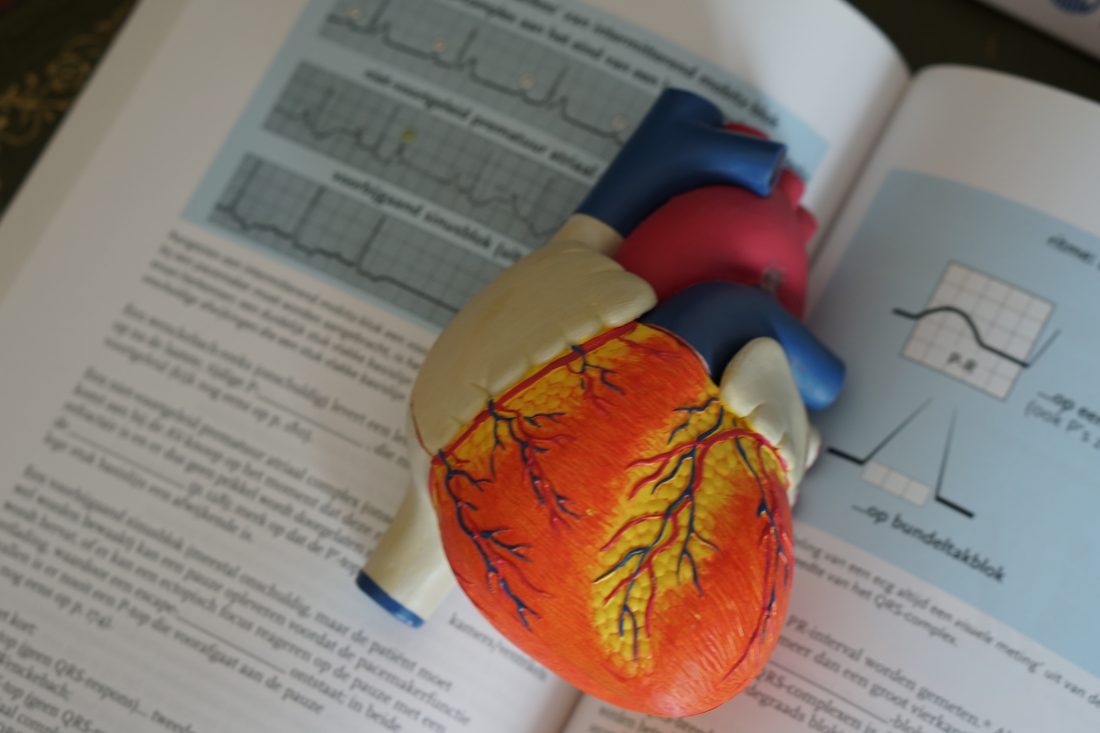As a runner, your legs are your greatest asset and your most significant tool. Whether you’re an experienced marathon runner or new to the exercise, taking care of your legs is crucial for maintaining performance, preventing injuries, and ensuring longevity in the sport. Keep reading to find out more.
Warm-Up and Cool Down
Before hitting the pavement or the trails, you must warm up your muscles to prepare them for the activity ahead. Spend 5-10 minutes doing dynamic stretches or a light jog to increase blood flow to your muscles and improve their flexibility. Similarly, after your run, take the time to cool down with some stretches to help prevent stiffness and reduce muscle soreness.
Gradual Progression
Try not to push yourself too hard, too soon. Gradually increase the intensity, duration, and distance of your runs to allow your muscles, tendons, and ligaments to adapt and strengthen gradually. Sudden spikes in training volume or intensity increase the risk of overuse injuries such as shin splints, stress fractures, and tendonitis.
Cross-Train
It’s a good idea to add cross-training activities to your routine to give your legs a break from the impact of running. Exercise like swimming, cycling, or yoga can help improve overall fitness, build strength in different muscle groups, and limit the risk of overuse injuries. Plus, they can add variety to your training regimen, keeping you mentally and physically engaged.
Strength Training
Strong leg muscles are essential for powering through runs and maintaining proper form. Include strength training exercises targeting your quadriceps, hamstrings, calves, and glutes in your routine at least twice a week. Doing bodyweight exercises in the form of squats, lunges, and calf raises, as well as resistance training with weights and resistance bands, can help improve muscle strength and stability.
Compression Supports
Compression garments help improve blood circulation, reduce muscle vibration, and alleviate swelling and soreness, which can help in giving you a faster recovery and reduce the risk of injury. Wear a calf compression support like the ones available from Bearhug during long runs, intense workouts, or races, as well as during periods of extended sitting or standing to support your legs and promote optimal performance and recovery.
Good Shoes
Invest in a good pair of running shoes that give you adequate support, cushioning, and stability for your feet and legs. Go to a specialty running store to get properly fitted for shoes that match your foot type, running style, and training needs. Replace your shoes for new ones every 300-500 miles or when you start to notice signs of wear and tear to ensure optimal support and protection for your legs.
Notice Your Body’s Signs
Pay attention to any warning signs or signals that your body may be sending you during your runs. Persistent pain, discomfort, or unusual sensations in your legs could indicate an underlying issue that needs to be addressed. Ignoring these warning signs and pushing through the pain can lead to more severe injuries that are harder to recover from.
Rest
Rest is just as important as your training when it comes to maintaining healthy legs as a runner. Give your body time to recover between runs, especially after hard or long workouts. Incorporate rest days into your training schedule to let your muscles repair and rebuild stronger. Additionally, prioritize quality sleep, proper nutrition, and hydration to support your body’s recovery processes.
Seek Professional Help
If you’re experiencing persistent or debilitating leg pain, don’t hesitate to seek professional help from a sports medicine physician, physical therapist, or certified running coach. They can assess your condition, provide personalized advice, and recommend appropriate treatment strategies to help you recover and prevent future injuries.


